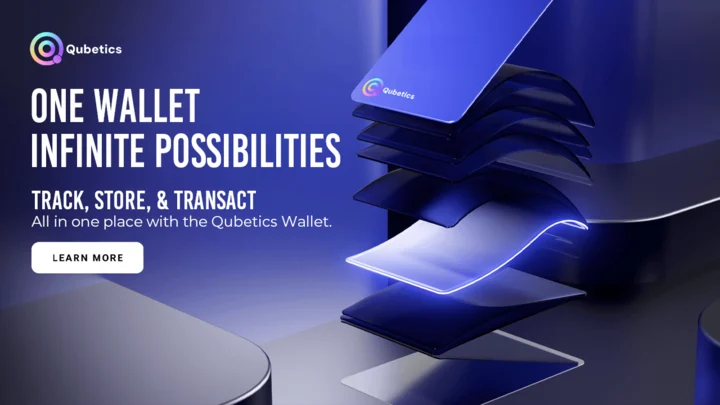Mobile Banking Market Regional Insights, Segmentation, and Forecast 2025-2032
The is undergoing rapid transformation, driven by technological advancements, the proliferation of smartphones, and changing consumer preferences for financial services. Mobile banking, which allows users to conduct financial transactions and access banking services via their mobile devices, has gained substantial traction globally. As the financial ecosystem evolves, mobile banking continues to redefine how individuals and businesses manage their finances. In this research, we will explore the market size, share, and growth projections for the mobile banking sector up until 2032.
Mobile banking is a segment of digital banking services that enables users to check account balances, transfer funds, pay bills, apply for loans, and access other financial services via their mobile phones. This market has been growing rapidly due to several factors, including increased smartphone adoption, improvements in internet connectivity, and the increasing demand for convenience among consumers.
The COVID-19 pandemic significantly accelerated the shift to mobile banking, with more consumers opting for digital solutions as physical bank branches faced restrictions. This further fueled the demand for secure, fast, and easy-to-use mobile banking platforms. As of 2025, mobile banking has become an integral part of the global banking landscape, with both traditional banks and fintech companies investing heavily in mobile-based financial services.
– https://www.skyquestt.com/sample-request/mobile-banking-market
The global mobile banking market was valued at USD 9.63 Billion in 2024. This market is expected to grow at a compound annual growth rate (CAGR) of 11.7% from 2024 to 2032. By the end of 2032, the market is projected to reach over USD 23.35 Billion.
Several factors contribute to this rapid growth:
– : As of 2023, there are more than 6.9 billion smartphone users worldwide. With mobile phones becoming increasingly sophisticated, the potential for mobile banking services to reach a larger user base is enormous. In emerging markets, smartphone penetration is still growing, further expanding the addressable market for mobile banking.
– : The advent of 5G technology is set to enhance mobile banking services by enabling faster and more reliable internet connectivity, improving real-time transactions, and supporting the use of more advanced technologies like artificial intelligence (AI) and blockchain in mobile banking applications.
– : Modern consumers value convenience and accessibility, and mobile banking offers both. As banking customers increasingly prefer to conduct their banking activities on-the-go, banks and financial institutions are investing heavily in mobile-first strategies.
– : Digital payments, including mobile wallets, peer-to-peer (P2P) transfers, and contactless payment methods, are driving growth in mobile banking. As more businesses accept digital payments and as mobile wallets gain in popularity, mobile banking platforms are increasingly being used as the primary medium for financial transactions.
– : Mobile banking has emerged as a key tool for promoting financial inclusion, especially in regions with underdeveloped banking infrastructure. In emerging economies, mobile banking helps individuals access essential financial services without needing to visit a physical branch.
– https://www.skyquestt.com/speak-with-analyst/mobile-banking-market
The mobile banking market can be segmented based on several factors:
– : The majority of mobile banking usage is for personal banking services, including balance checks, bill payments, and fund transfers.
– : Businesses also increasingly use mobile banking services to manage corporate accounts, payroll, and business payments.
– : Android devices dominate the mobile banking space, accounting for the largest share of the market. This is due to the popularity of Android-based smartphones across various income groups and regions.
– : Apple’s iOS platform also has a significant share, particularly in North America and Europe. The iOS user base tends to skew toward more affluent individuals.
– : Mobile banking platforms facilitate person-to-person (P2P) payments, bill payments, and cross-border transfers.
– : Many mobile banking platforms also provide investment options, including mutual funds, stocks, and other securities.
– : With the rise of digital lending, mobile banking apps also serve as platforms for applying for personal and business loans.
– : The largest user group for mobile banking services remains individual consumers seeking convenience and cost-effective financial management.
– : SMEs increasingly rely on mobile banking to manage business accounts, make payments, and track cash flow.
– : Larger businesses use mobile banking services for corporate finance management, payroll, and business transactions.
The mobile banking market is distributed unevenly across regions, with varying growth rates and adoption levels.
– : North America holds a significant share of the mobile banking market, driven by high smartphone penetration, technological advancements, and a well-established financial ecosystem. The region is also witnessing growth in mobile wallet adoption and digital payments.
– : Europe is another major market for mobile banking, with many countries leading the way in digital banking innovations. In countries like Sweden and Estonia, mobile banking and mobile payments have become deeply integrated into daily life.
– : The Asia-Pacific region, particularly China, India, and Southeast Asia, is experiencing rapid growth in mobile banking adoption. The region’s large, young, and tech-savvy population, coupled with increasing internet penetration, is creating a strong demand for mobile banking services. Additionally, governments in this region are focusing on digital financial inclusion initiatives.
– : Mobile banking in Latin America is experiencing rapid growth, driven by smartphone penetration, increased internet access, and growing demand for financial inclusion. Countries like Brazil and Mexico are seeing an increase in mobile banking adoption, especially among unbanked populations.
– : The mobile banking market in the Middle East and Africa is expanding, driven by the growing demand for digital financial services, increased smartphone adoption, and the need for banking in remote areas. Mobile banking has become a powerful tool for financial inclusion in several African countries.
– https://www.skyquestt.com/buy-now/mobile-banking-market
- Banco Santander, S.A. (Spain)
- Industrial and Commercial Bank of China Limited (China)
- Goldman Sachs Group, Inc. (US)
- Capital One Financial Corporation (US)
- UBS Group AG (Switzerland)
- Deutsche Bank AG (Germany)
- UniCredit S.p.A. (Italy)
Despite the rapid growth, the mobile banking market faces challenges:
– : As mobile banking involves sensitive financial data, cybersecurity threats, including hacking, phishing, and data breaches, remain a significant concern.
– : Mobile banking is subject to complex and varying regulations across different countries, especially concerning data privacy, financial compliance, and digital payment standards.
– : In regions where digital literacy is low, users may face challenges in accessing and using mobile banking services effectively.
The mobile banking market is set for impressive growth in the coming years, driven by technological advancements, increased smartphone adoption, and a growing demand for convenience. As the market expands, it is expected to see further innovations in artificial intelligence, blockchain, and biometric authentication. However, issues such as cybersecurity and regulatory challenges must be addressed to ensure sustainable growth. The future of mobile banking looks promising, with financial institutions and fintech companies poised to capture a larger share of the market by providing more secure, accessible, and user-friendly services to a global audience.











